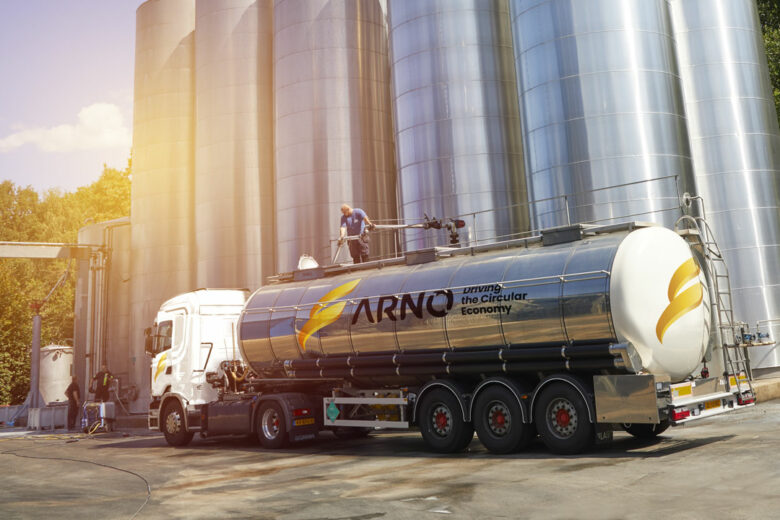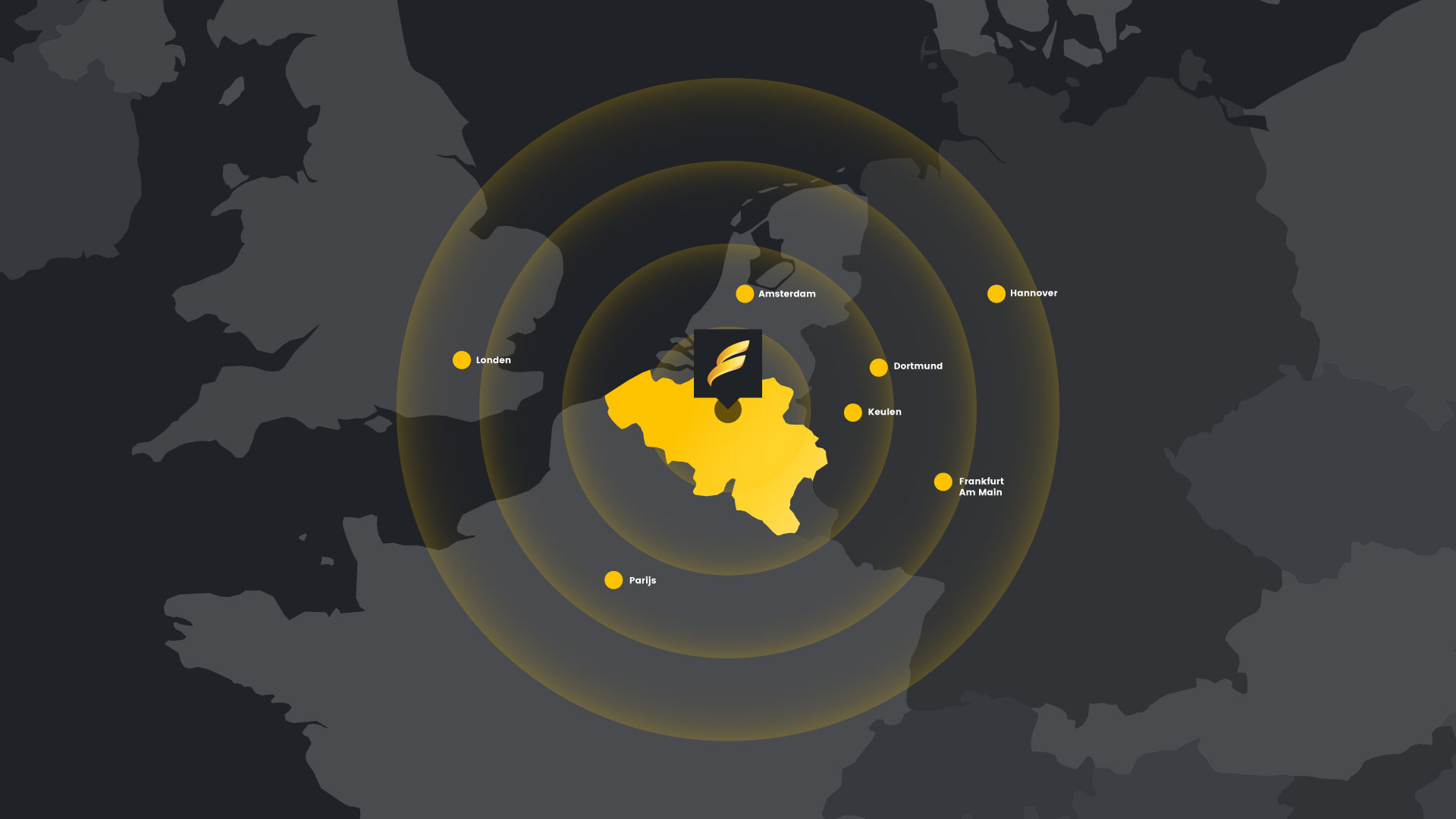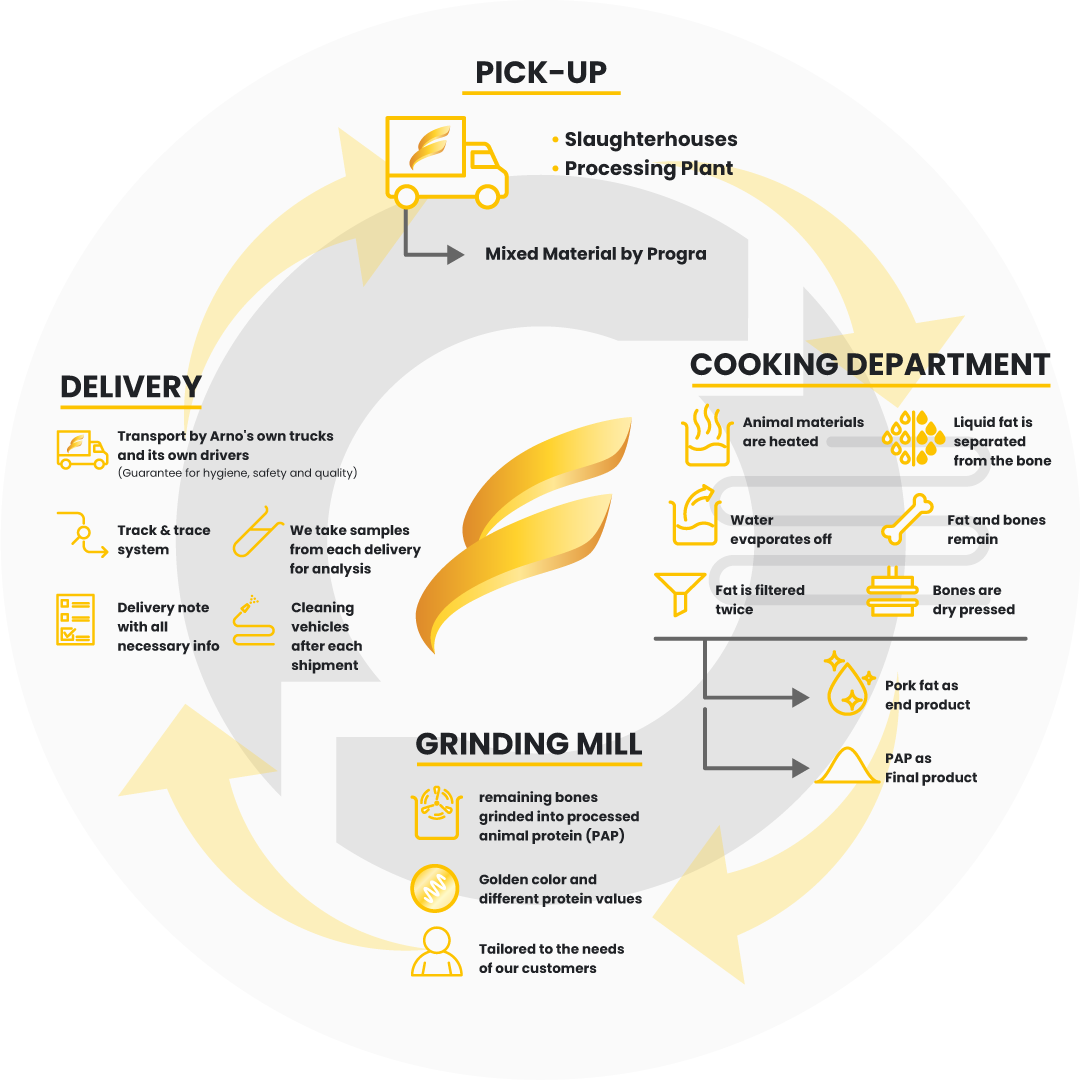Our biofuel has a smaller ecological footprint than other sources such as palm and rapeseed oil. Cultivating raw materials from these vegetables requires huge tracts of agricultural land to be profitable.
Furthermore, our raw materials from swine come from local sources as opposed to palm oil which has to be imported from Asia. The raw materials from our suppliers as well as our clients are all within a radius of 400 km from our production facilities.
This is how we we achieve circular production, from snout to tail, with the smallest ecological footprint possible.


